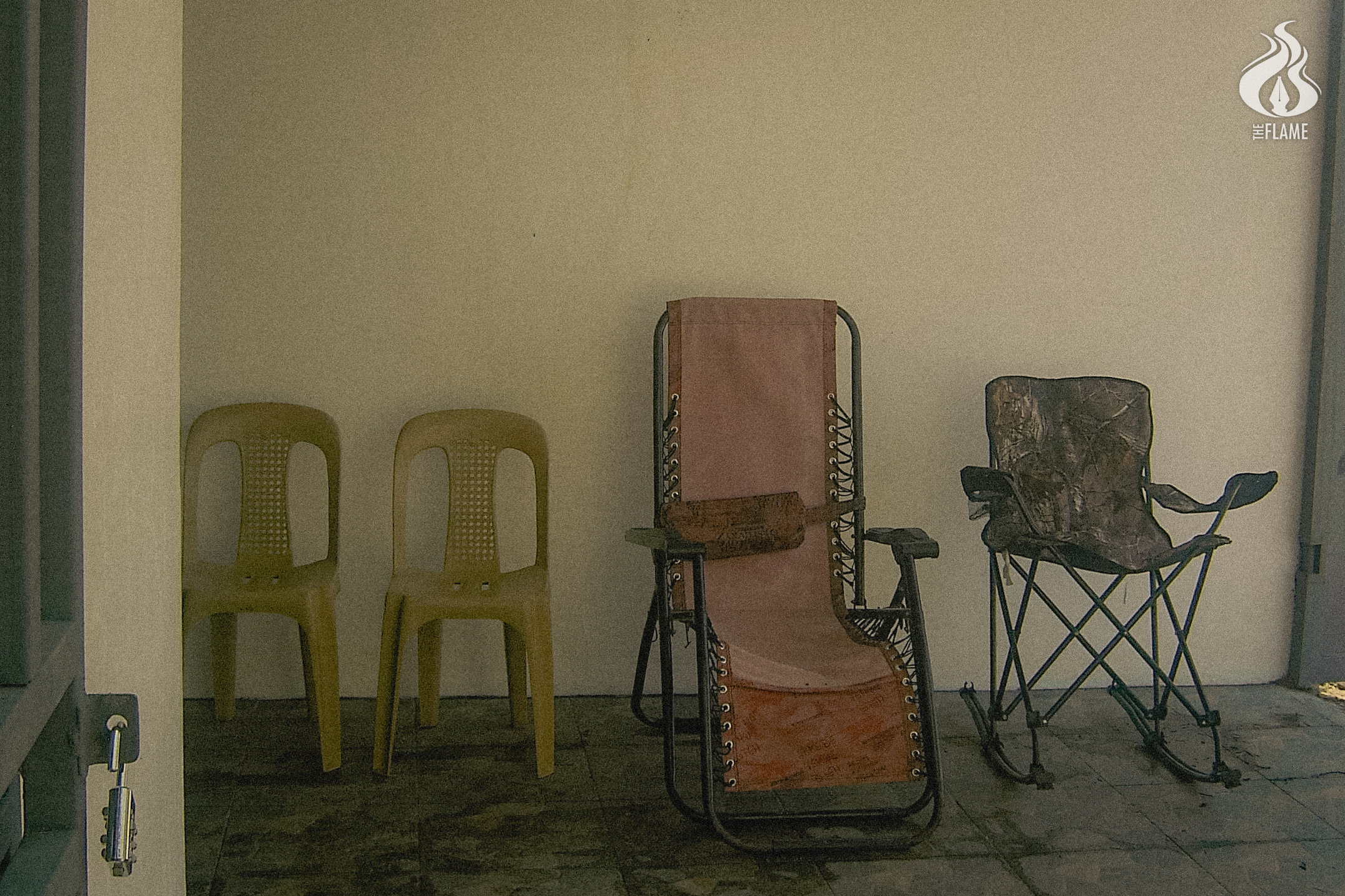
I USED to like the idea of having new things. As much as I appreciated hand-me-downs, my eyes gleamed brighter upon receiving brand new items.
My grandparents often gave me gifts. They got me my first faux ballerina shoes when I was seven, my first phone when I was 14 and my first furniture when I moved out after college. They were all new; used by me and meant only for me.
There was a specific charm in having something that only belonged to myself. Yet there is also a charm in those my grandparents used to own.
They used to spend their mornings there, patiently waiting for the taho vendor to come so they could share a cup or two and fill their empty stomachs. The chairs, which were older than me, were bought from the oldest furniture store in the city.
They have no aesthetic appeal. Their already rusty structures were no longer foldable, having gone through numerous floods. Clearly, time has stretched long enough for them. It might even break if I sit on one.
But even then, I do not have the heart to dispose of the chairs, let alone simply put these away from display. They serve as a memory of my grandparents; a sign that they were here, and they were real.
I could easily replace the things I have, but I could never get rid of what my grandparents owned. They have given me things that are solely for me, and so I do not have the right to interfere with what is theirs.
Parts of us are deeply embedded in these things that disposing them is comparable to taking away what we love or used to love, no matter how damaged they become.
Anything can be worn out, but only those that are used with love will transcend purpose and eternally exist within us. F



